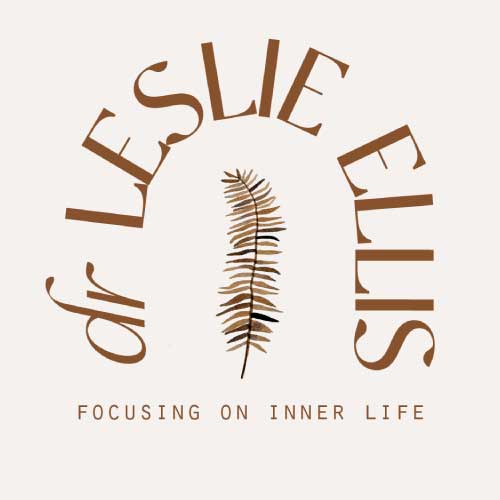What’s the single most important factor in a successful dream group?
Safety.
This may be why the method of Dream Appreciation by Montague Ullman is the most popular dream group method. Every step of the way, the dreamer’s safety is considered.
What maintains the dreamer’s sense of trust in the process? Confidentiality of course, and the ability of the dreamer to stop the process at any time. Beyond the obvious, the main consideration is the deepest respect for the dreamer and their dream.
This means no leading questions or imposition of ideas from the group, however brilliant they may seem. Ullman said, “The goal is to lead the dreamer into a dialogue with their own dream.” Anything else “shifts the dreamer’s attention from the dream to the motives of the questioner.”
He uses the analogy of curling to help us understand this concept. In curling, the skip (aka dreamer) sends the rock towards its target. The sweepers clear the path for the rock, help it on its intended journey, but do not change its course. “We respect the importance of the dreamer, staying with the path of the dream rather than deflecting them into a path of our own making.”
Ullman advises against offering interpretations, ideas about symbolic meaning, or anything from outside what the dream itself contains. “I don’t think it is ever truly therapeutic to approach a dreamer with an a priori conviction about what a dream means based on a particular theory or preconceived ideas about what certain images mean.”
What kinds of inquiries should dream group members offer then? Ideally open-ended questions with no agenda other than helping the dreamer to further open the dream itself. Our questions “should always lead back to the dream.”
Questions with an agenda promote defensiveness. But if there is trust and safety, “the clarity of one’s emotional vision becomes sharper and deeper. Trust opens the dreamer up to the possiblity of discovery.”
From: Ullman, M. (1996). Appreciating Dreams, a group approach. Sage Publications.

